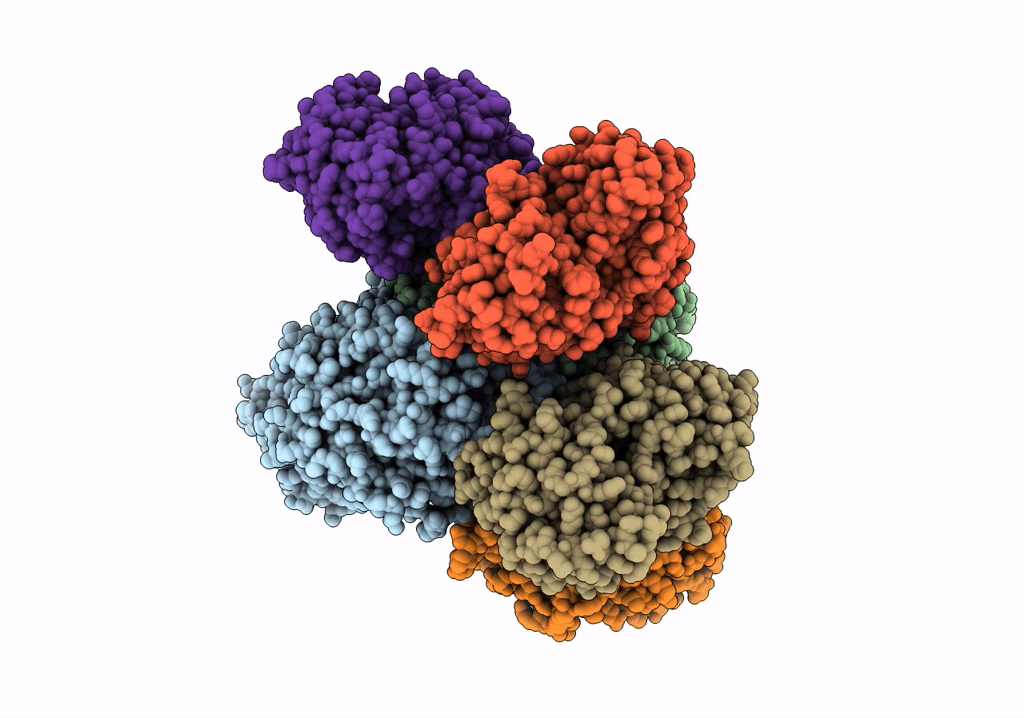
Deposition Date
2004-03-26
Release Date
2004-04-13
Last Version Date
2024-10-30
Entry Detail
PDB ID:
1SUV
Keywords:
Title:
Structure of Human Transferrin Receptor-Transferrin Complex
Biological Source:
Source Organism:
Homo sapiens (Taxon ID: 9606)
Host Organism:
Method Details:
Experimental Method:
Resolution:
7.50 Å
Aggregation State:
PARTICLE
Reconstruction Method:
SINGLE PARTICLE


